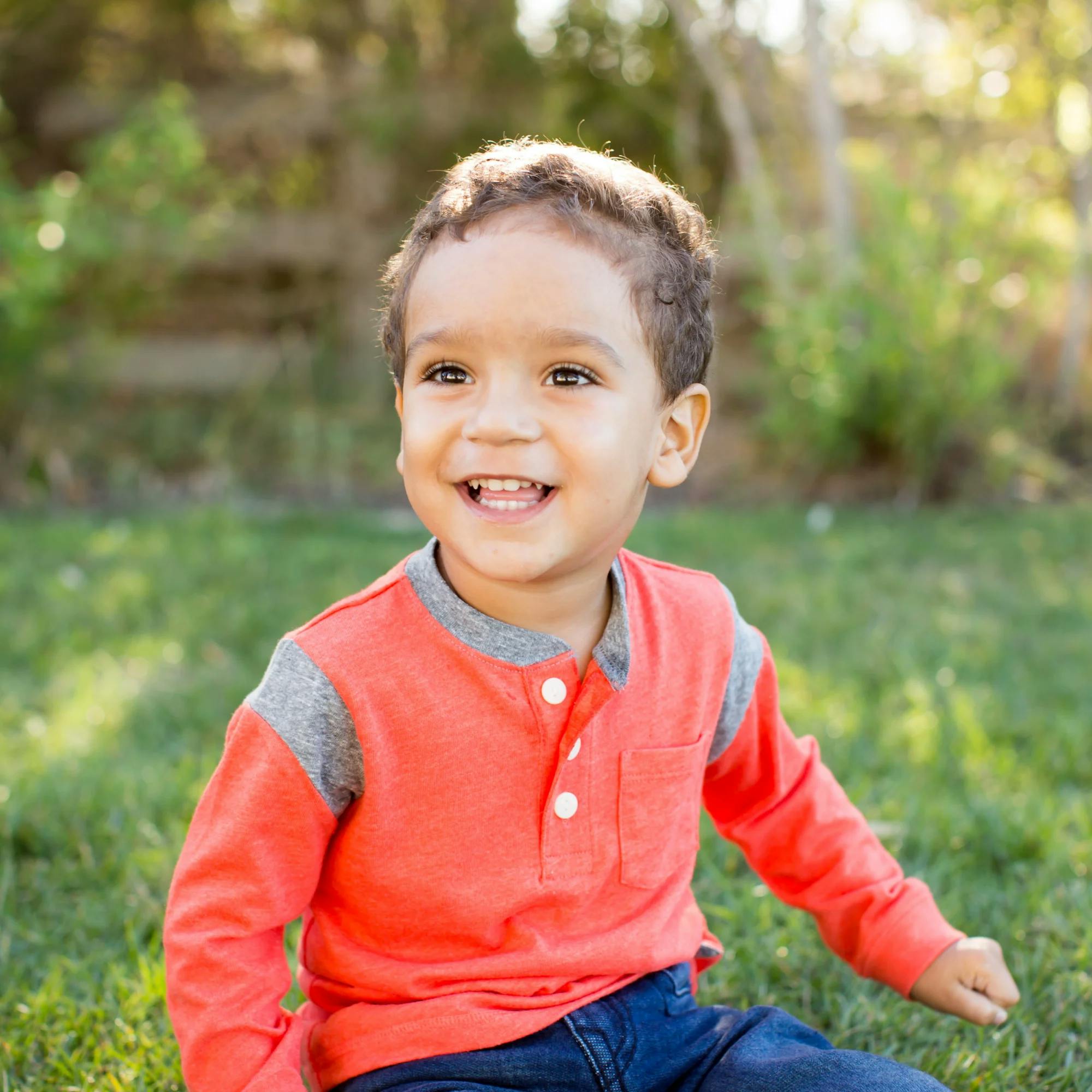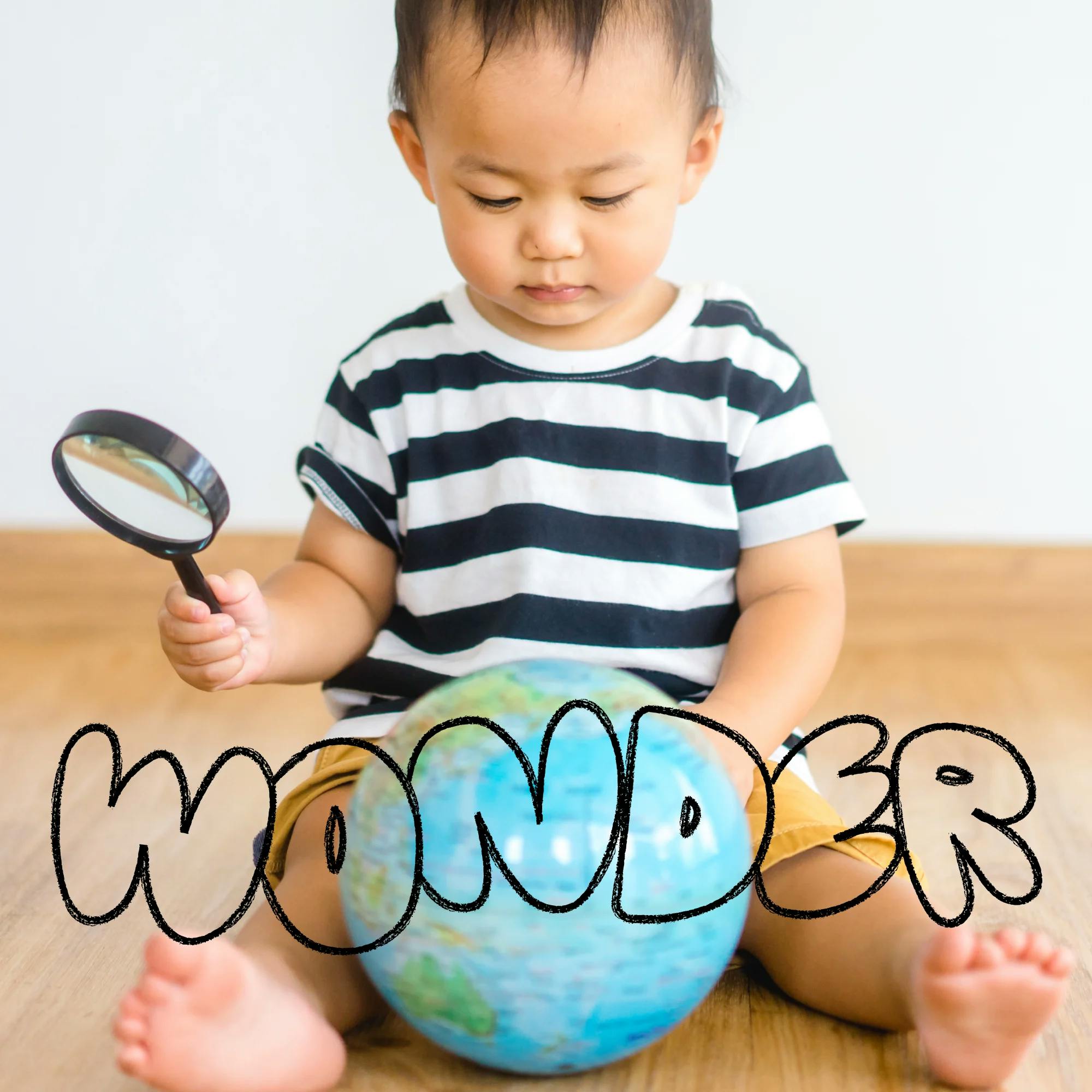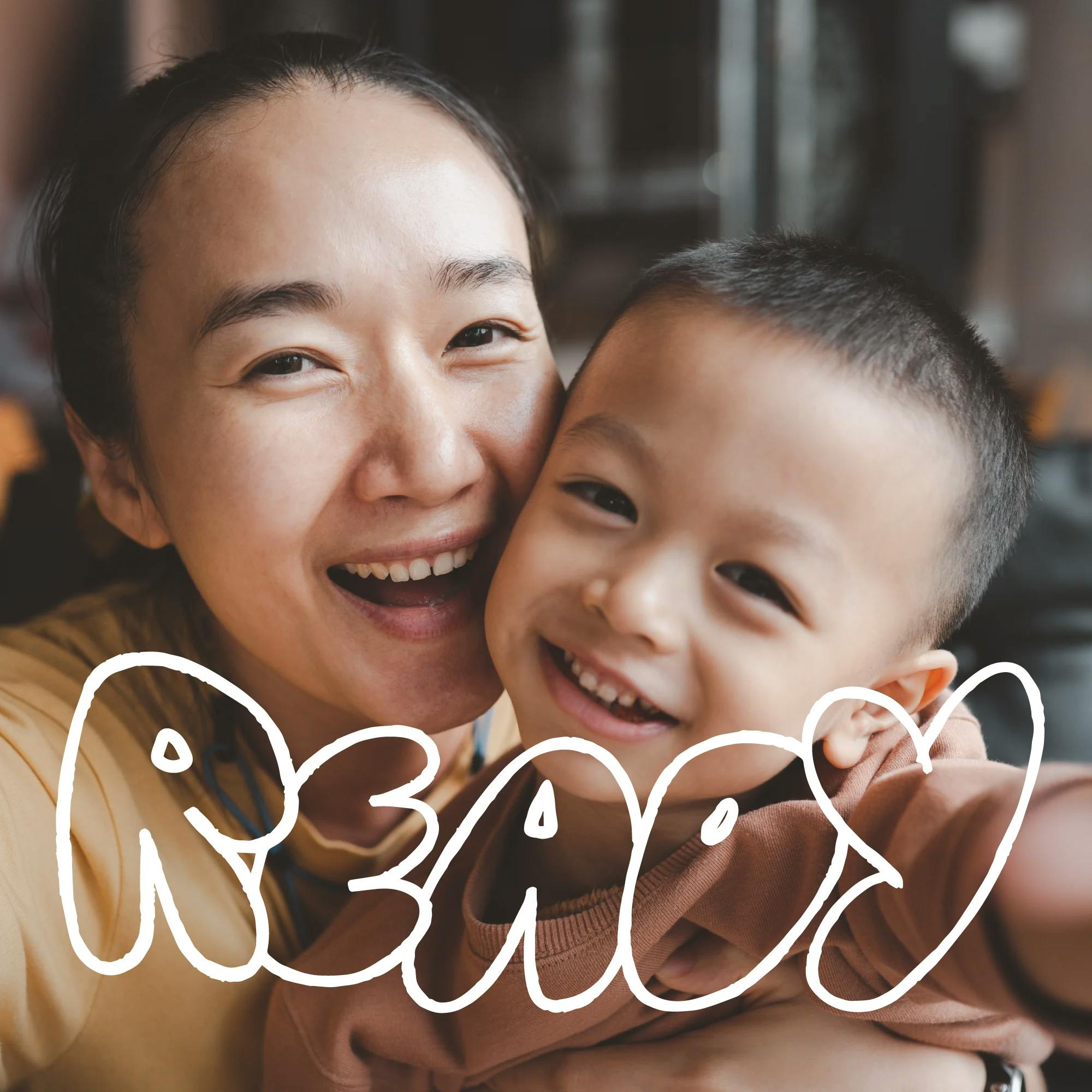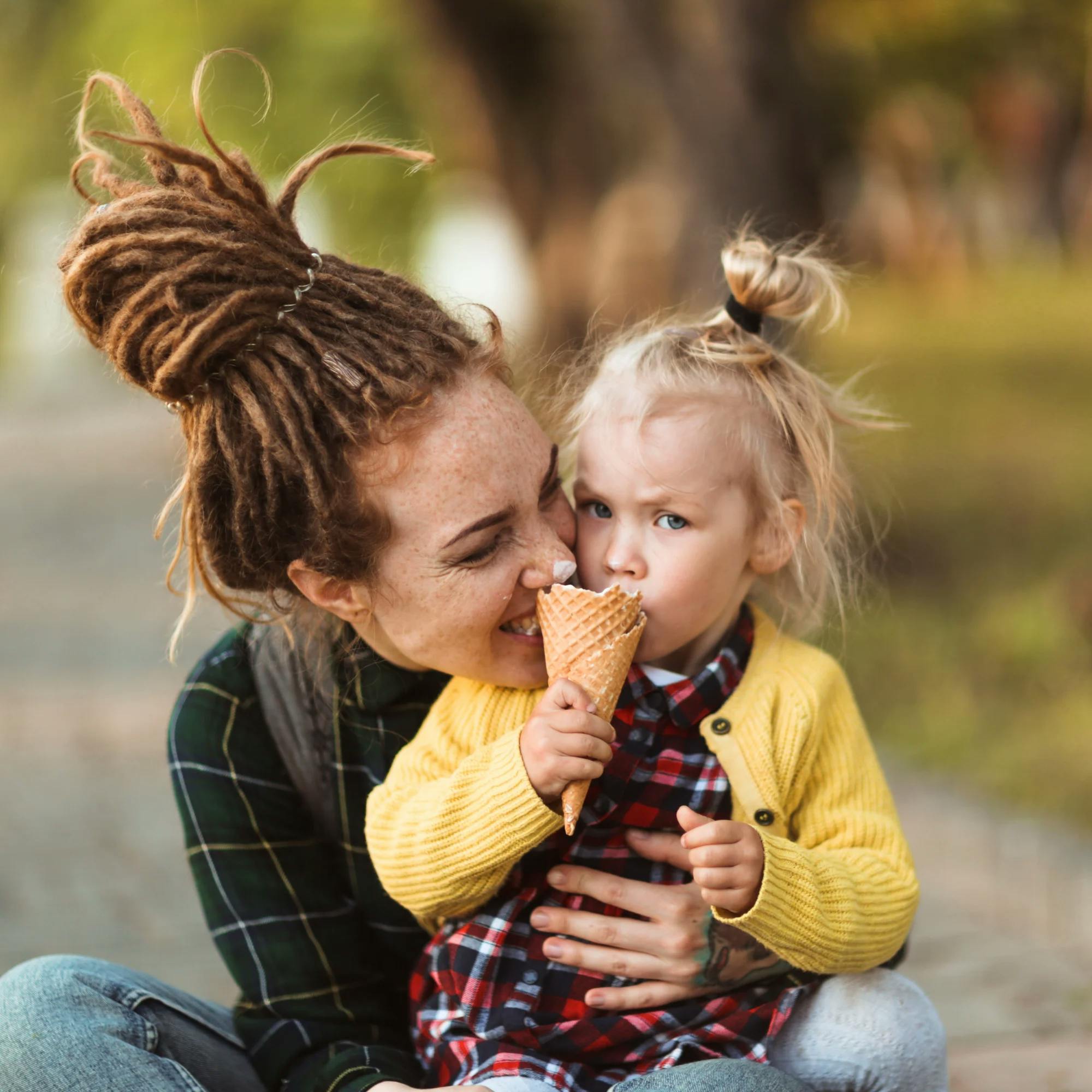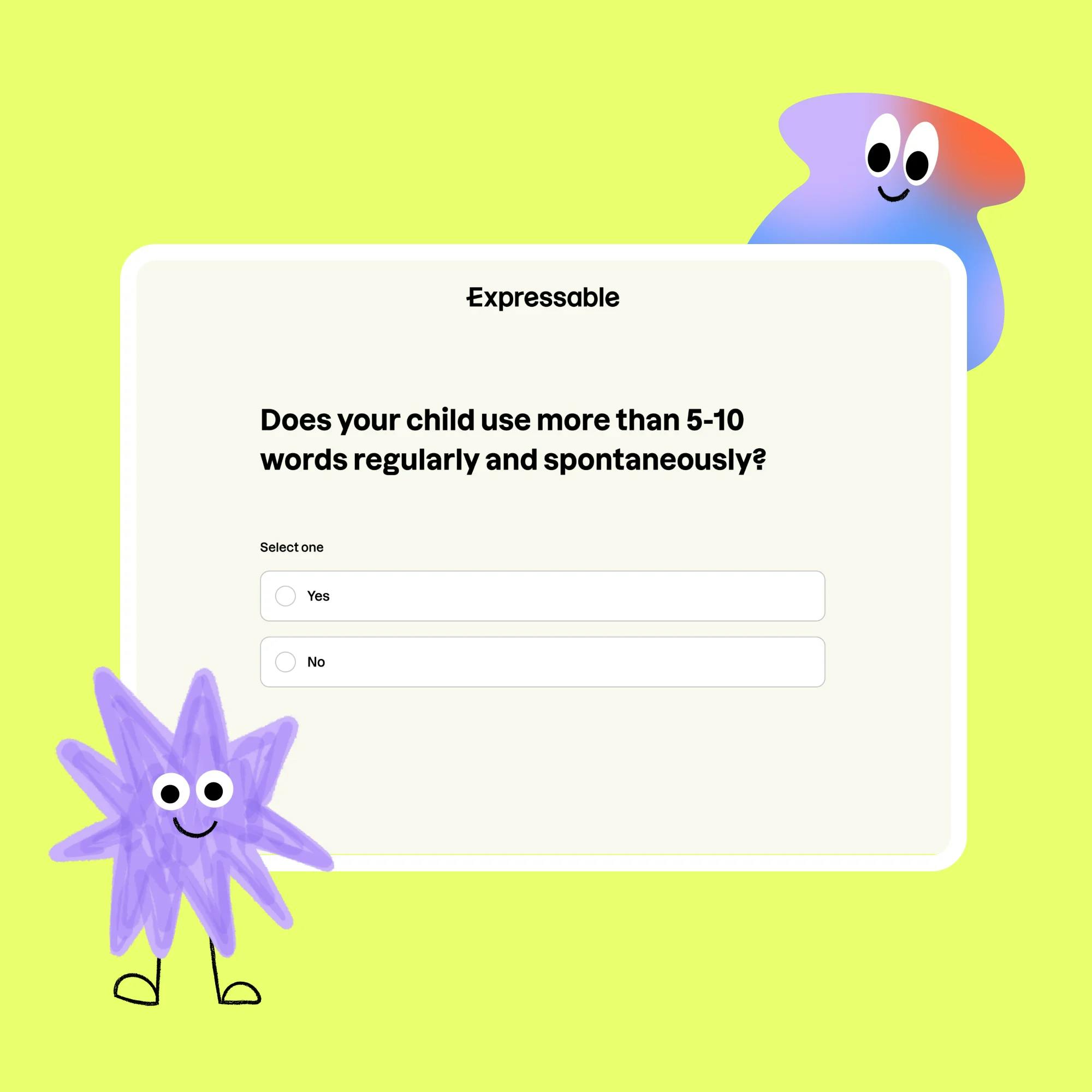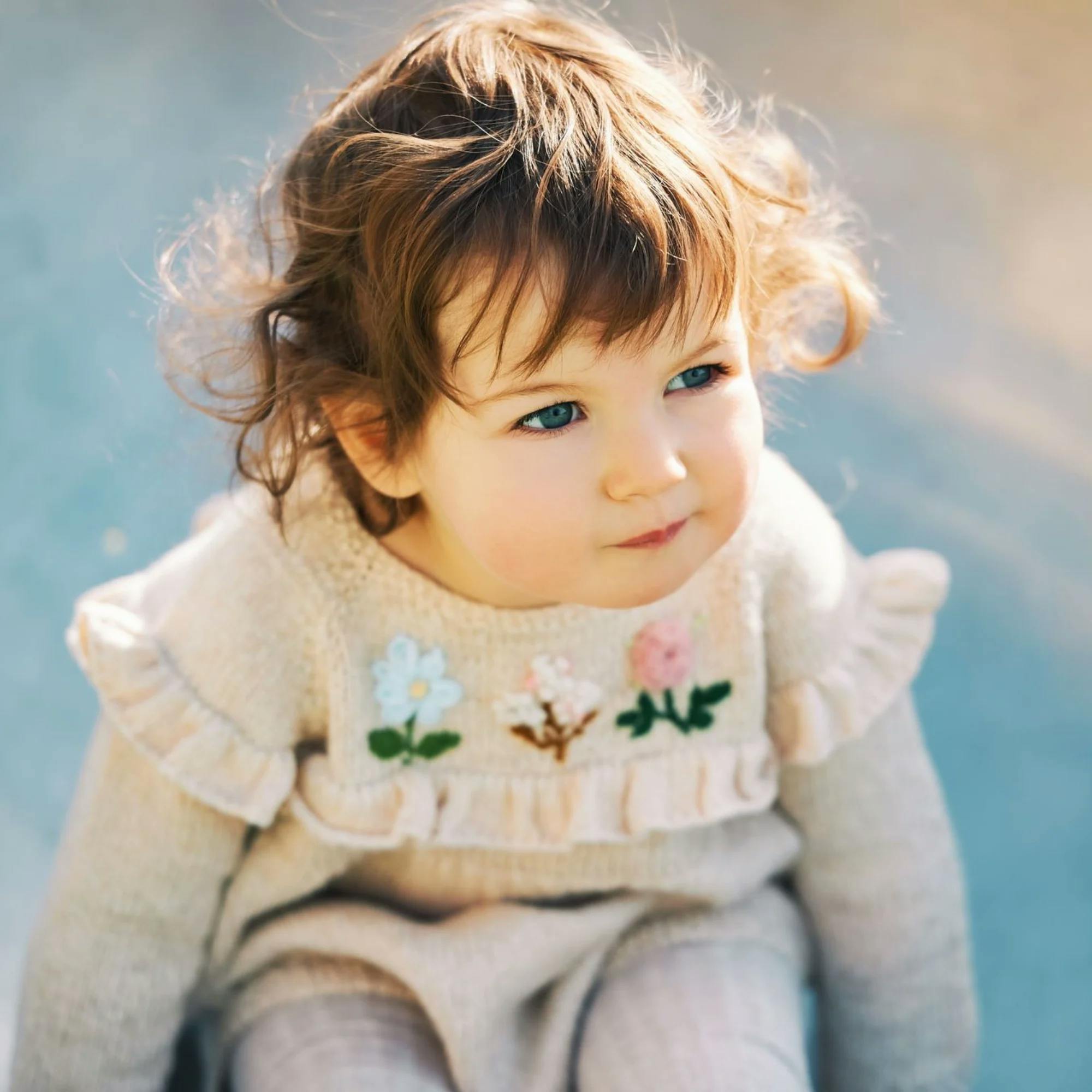
Speech and Language Milestones for 2-Year-Olds
 Alexis Irazoque, M.S., CCC-SLP
Alexis Irazoque, M.S., CCC-SLP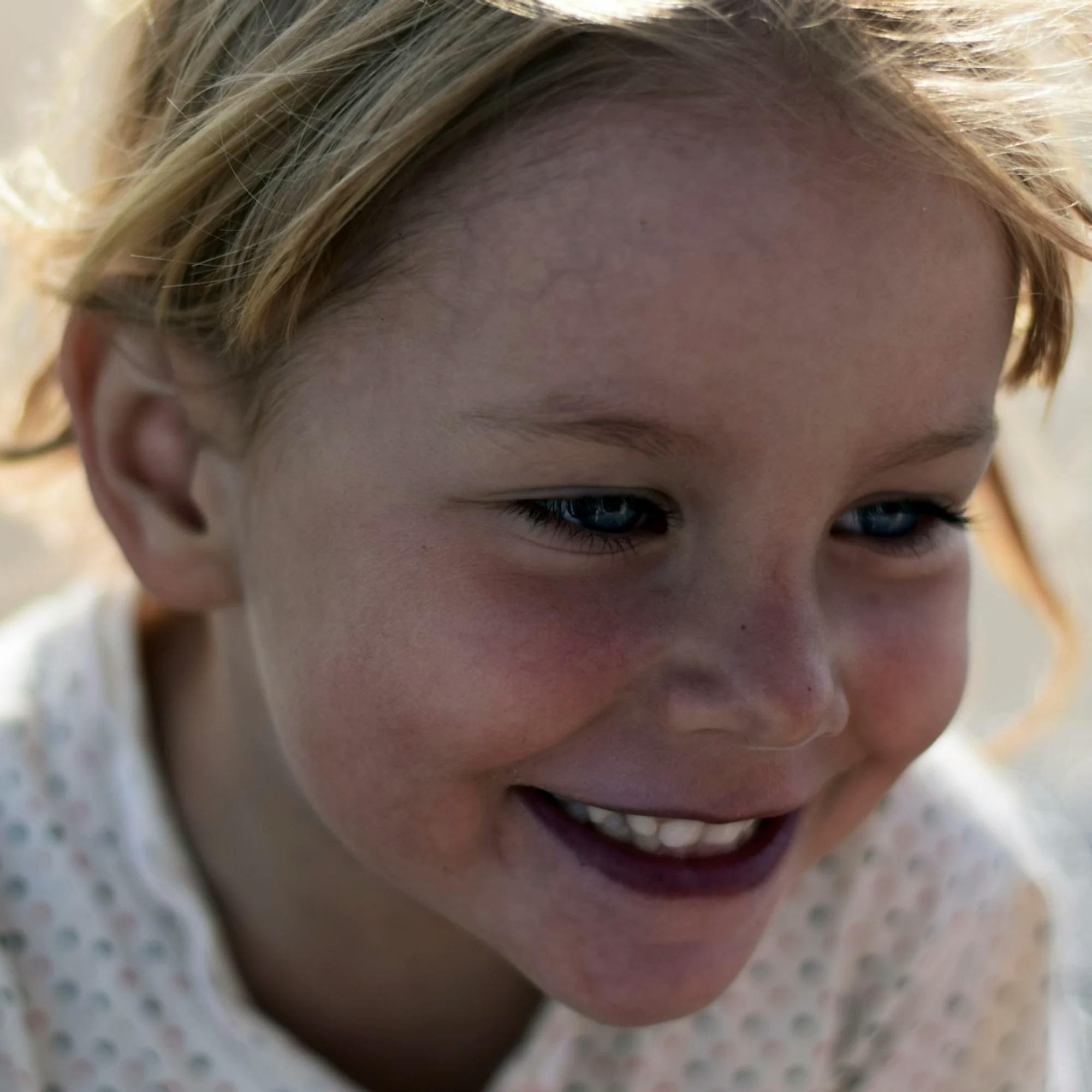
In other articles, we've covered important language milestones for babies and toddlers from 0 to 12 months and 12 to 24 months. The first several years of a child’s life are a time of rapid language learning, and the second year is no exception!
Two-year-olds begin to use more words to communicate what they want and feel. They're also able to understand more of what's spoken to them. They can understand and even begin to answer more questions. They’re able to sit and participate in play activities and start interacting more with their peers.
Let’s discuss what milestones to expect in your 2-year-old during this crucial stage of development.
Could your child have a speech delay?
Take our screenerReceptive language skills during the second year
Receptive language refers to how we attend to, process, and understand language. It's one of the most important building blocks of a child’s social and academic development. During your child's second year, you should notice them doing the following:
Beginning to answer some "WH-" questions. Your child should begin to understand and respond to questions that begin with who, what, when, where, and why. Examples include: “What’s that?” “Who is __?” or “Where is __?” They should also be able to point to objects when described, such as “What do you wear on your feet?"
Pointing to body parts when named verbally
Understanding and using directional concepts, such as under, in, on, in
Starting to understand differences in sizes, such as big, large, small, little
Comprehending “yours” and “mine,” as well as turn taking: “my turn” and “your turn”
Understanding verbs such as jump, run, throw
Listening to books and stories for longer periods of time, as well as pointing to objects of interest while listening to the reader
Expressive language skills during the second year
Expressive language refers to how we use sounds and words to communicate our wants and needs. At 24 months, we anticipate a child is using mostly words to express themselves. During year 2, you should notice your child doing the following:
Using two-word phrases around 24 months
Engaging in short conversations
Beginning to use pronouns, such as me, my, mine
Beginning to communicate their feelings and emotions verbally, rather than physically
Having a spoken vocabulary of around 50 words
Possibly trying to answer simple questions
Making requests verbally
Other important milestones for 2-year-olds
Beyond speech and language, there are many other important developmental skills that are generally gained between ages 24 and 36 months.
For example, it’s common to see an increase in the development of a child’s play skills. Their play-based activities become more complex as they begin to participate in pretend play and use toys for their intended purpose. You might catch your toddler playing house, talking on a pretend telephone, or talking with their dolls.
Engaging your child in pretend play helps them gain language and social skills.
Toddlers are just learning how to communicate using language. Engaging your child in simple pretend play helps them expand these foundational language and social skills. The joint attention that occurs when the two of you are sharing an experience, such as playing kitchen, also helps with skills like the ability to pay attention, which is crucial in an academic setting.
Find the right speech therapist for your child
We'll match you with a licensed speech therapist who's experienced in your child's needs and available when you are.
 Get started
Get startedYour toddler will also begin parallel play. That means they'll start to play around and near other children, but they won't start playing in a shared game with them quite yet. That comes around ages 3 to 4 years old.
At age 2, children should also be exploring most foods and textures. Kids should be independently feeding themselves with a fork or spoon, as well as using their pincer grasp (holding something between the thumb and first finger). They should begin to drink from an open cup or a straw and no longer use a bottle and pacifier. While toddlers may have a strong preference for macaroni and cheese, 2-year-olds also will try new foods. After a few attempts, they may accept those new foods into their diet.

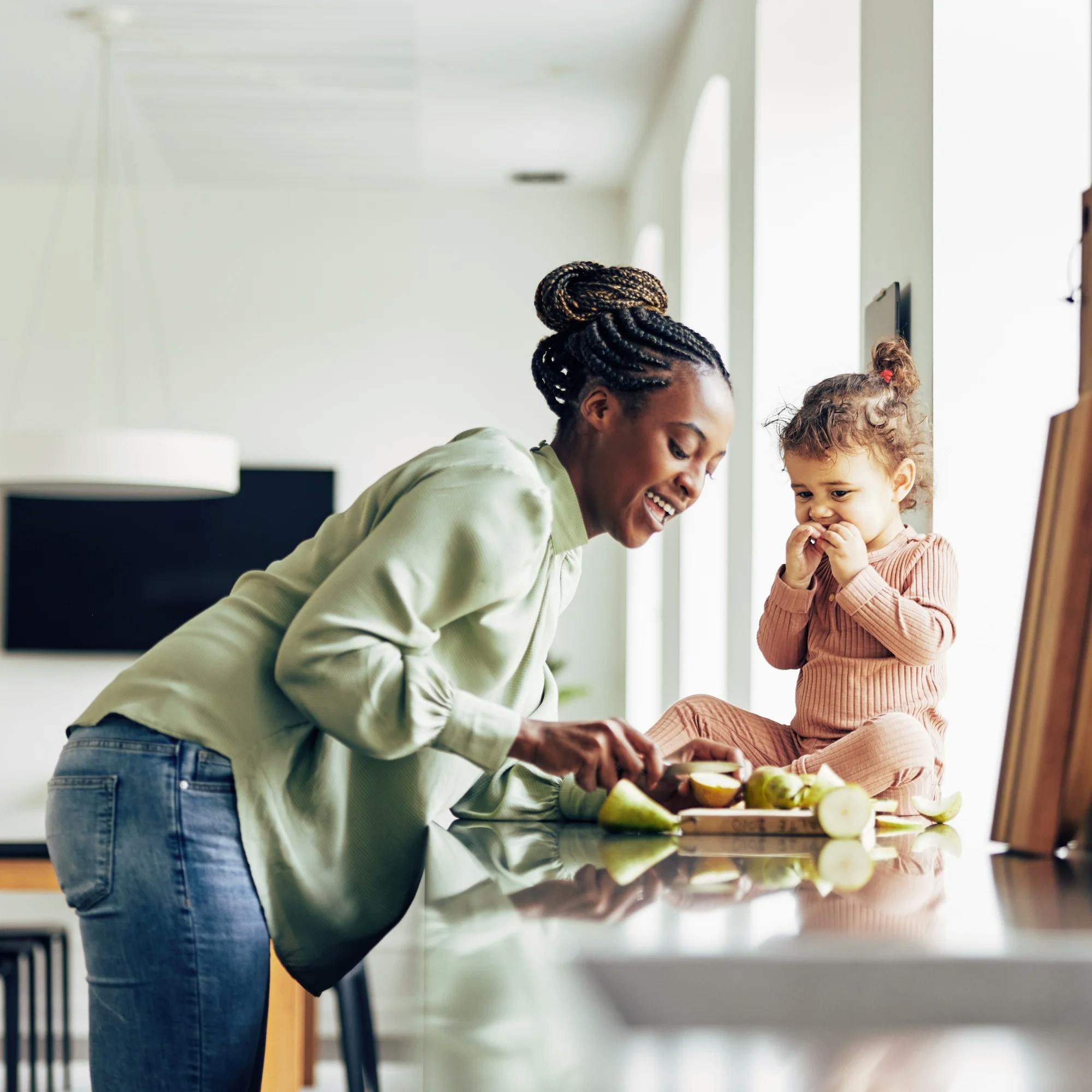
What should speech sound like in 2-year-olds?
While all children are different, here’s a general rule of thumb: By the age of 24 months, familiar listeners, such as family members, should be able to understand about 50% of your child’s speech.
Your child should also be learning new speech sounds during this time. Between the ages of 2 and 3, we expect a child to have mastered the /p/, /m/, /h/, /n/, /w/, and /b/ sounds. They should be close to mastering their /k/, /g/, /d/, /t/, and /ng/ sounds. They should also have started using the sounds /f/ and /y/.
You may still hear your child saying things like “nana” instead of “banana,” or “ca” for “cat,” dropping the final sound. However, these speech errors should go away by the time a child turns 3. If you aren't hearing improvement in your child’s speech as they get closer to 3 years old, it may be time to speak to a speech therapist. Let’s talk more about this below.
How do you know if your 2-year-old needs speech therapy?
Sometimes toddlers need extra help to develop their speech and language. Language skills build on top of each other over time, much like a ladder. And when children don’t reach important communication milestones early on, they’re often at risk of falling behind.
The earlier you can intervene, the more likely they are to reach their communication goals. Here’s some things to look for:
At 24 months, monitor whether your child’s language seems limited. Are they using at least 50 words? It’s also important that they begin to combine their words in two-word phrases. Pay close attention to how well you can understand your child's language, or if they seem to be regressing in their development.
By the time your child turns 36 months, check whether their language is limited to single-syllable words with no final consonants, if they use few or no multi-word phrases, are not able to ask common "WH-" questions (what, where, etc.), or if their speech isn't easy to understand. These are signs of a speech delay. Another cause for concern is if your child has frequent tantrums or other behavior problems because they can't communicate well, or if they have echolalia (which means parroting speech without trying to communicate).

Don't "wait and see"
If your child isn't meeting age-appropriate milestones or doesn’t seem to be speaking as much as other toddlers, don’t panic! What’s important is that you talk with your pediatrician and a qualified speech therapist. You can click here to get matched with an Expressable speech therapist who's experienced working with toddlers.
Because the age of 2 is such a critical year of learning, it’s important to give kids the support they need to express themselves and fully communicate their wants and needs.
While it may be tempting to take a “wait and see” approach, research shows that early intervention benefits kids both socially and academically as they grow older. By addressing these speech or language delays early, it can reduce frustration for you and your child, and allow them to better learn and participate in the world around them.
How Expressable Can Help
Concerned your child isn't reaching age-expected milestones? Looking for communication support from a professional? Expressable is a national online speech therapy practice serving children and adults. We treat all major areas of communication and feeding, offer flexible hours including evenings and weekends, and accept most major health insurance plans. We’re proud to have earned more than 3,000 5-star reviews from our clients (4.9/5 average).
Our therapy model is centered on parent and caregiver involvement. Research proves that empowering caregivers to participate in their loved one’s therapy leads to better outcomes. That’s why we combine live, 1-on-1 speech therapy with personalized education and home practice activities for faster progress.
Communication is more than words. It’s how we share how we feel and show who we are. We’re here to help you or your child do just that.

